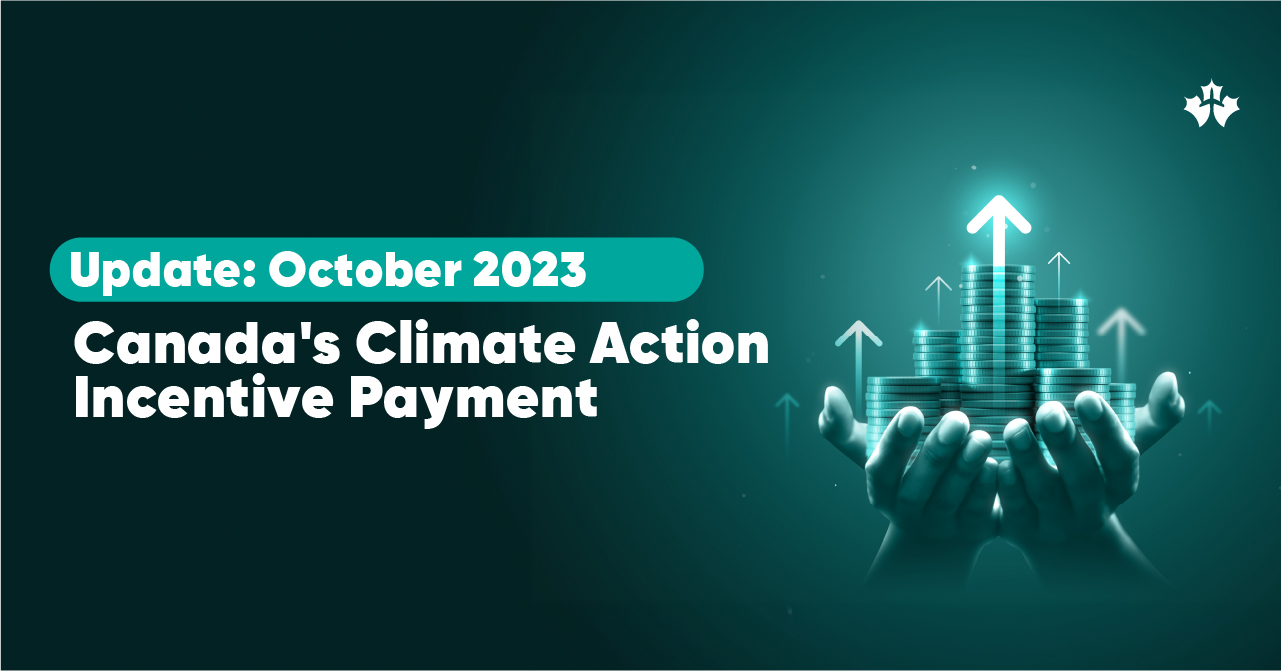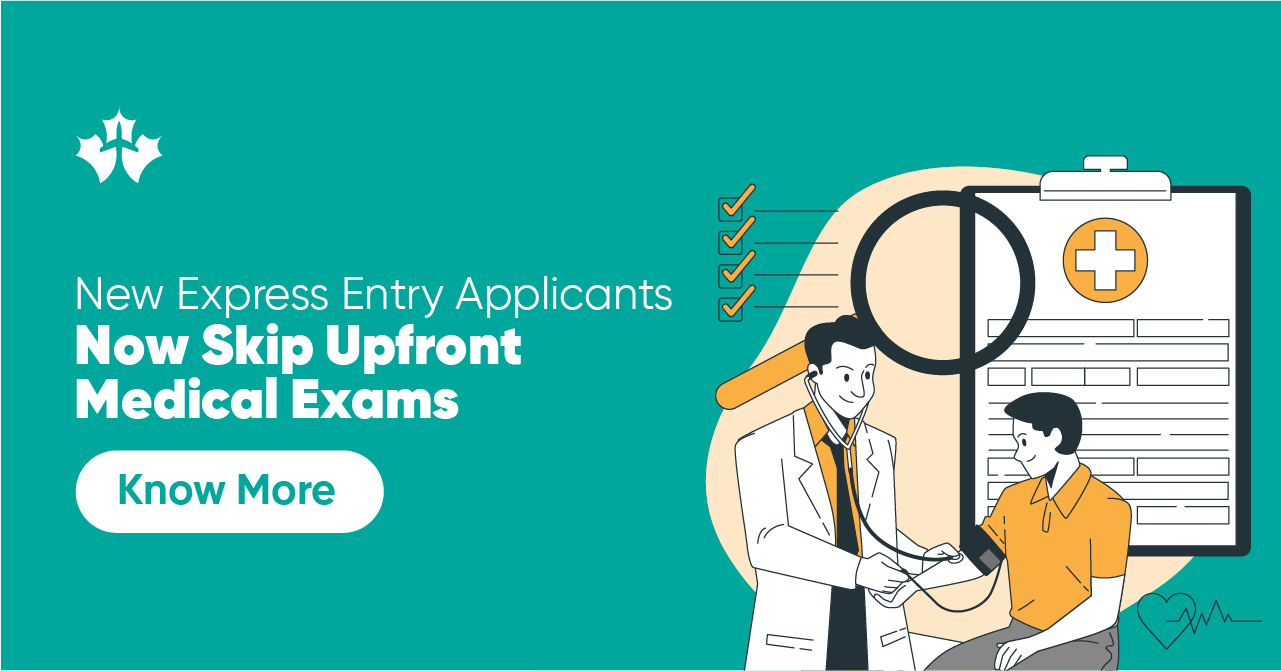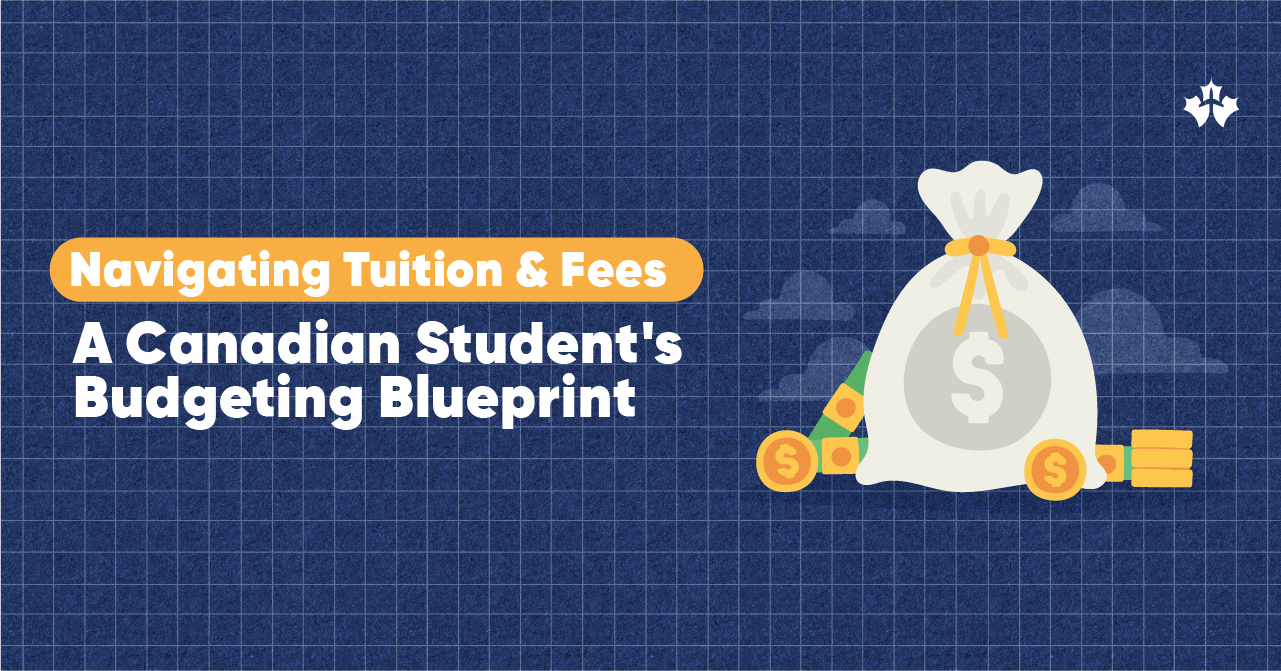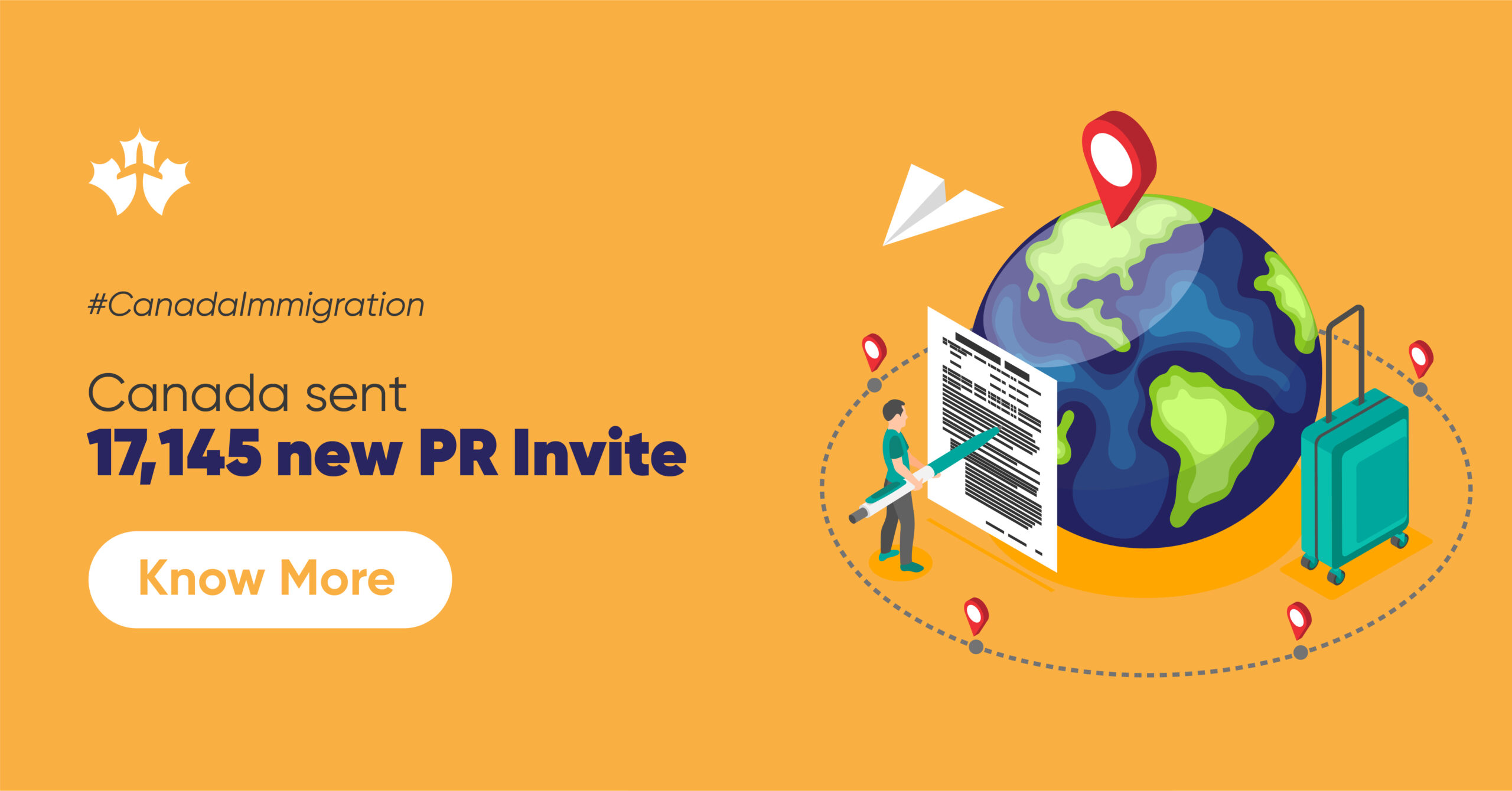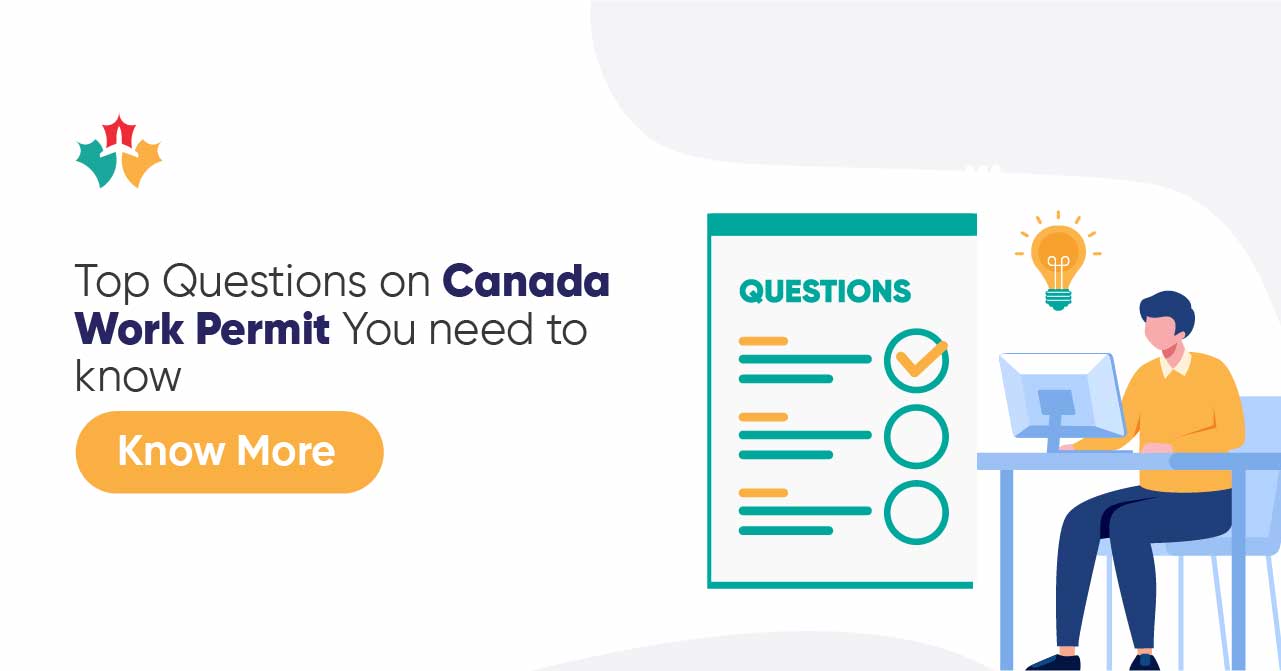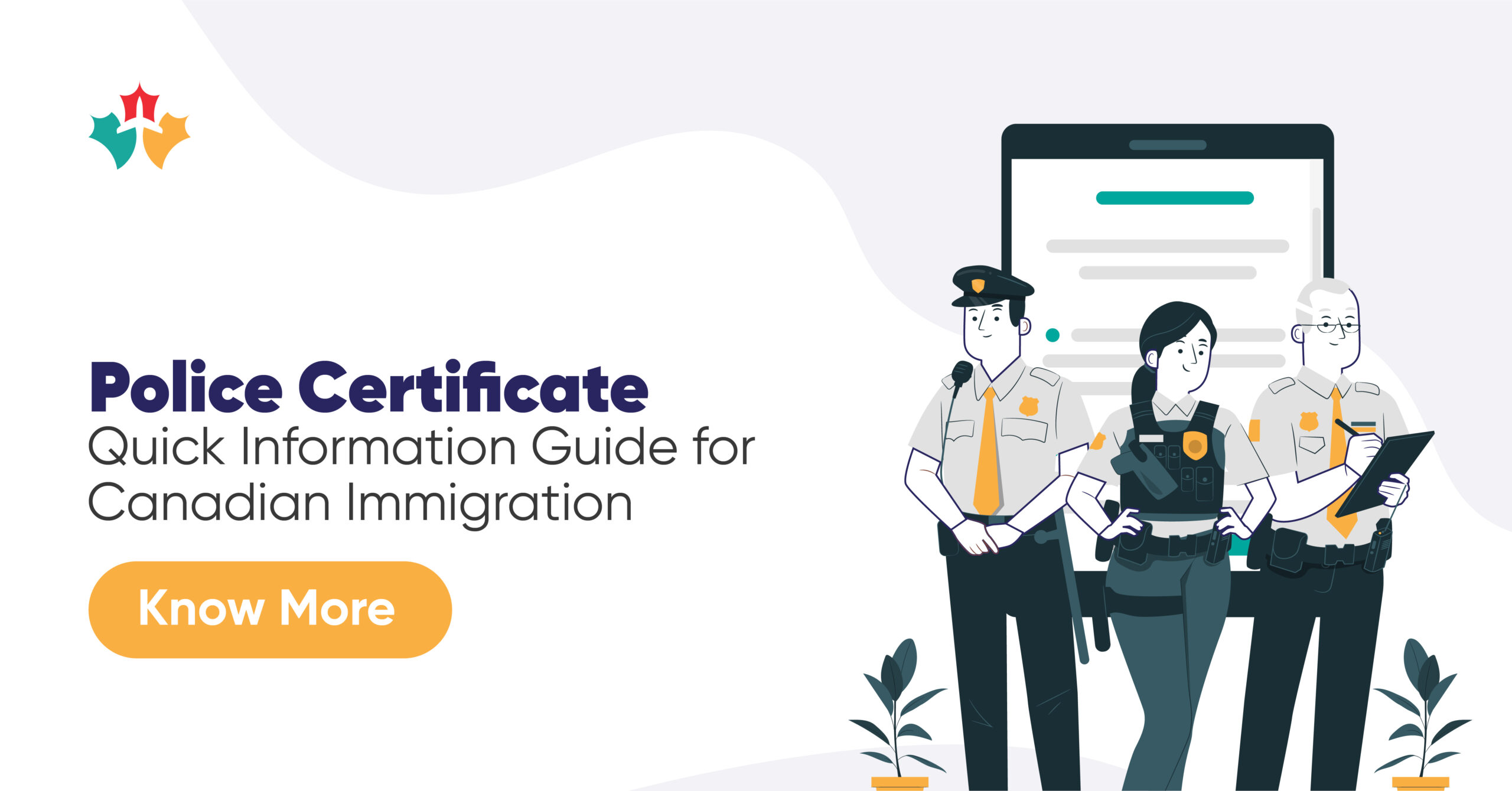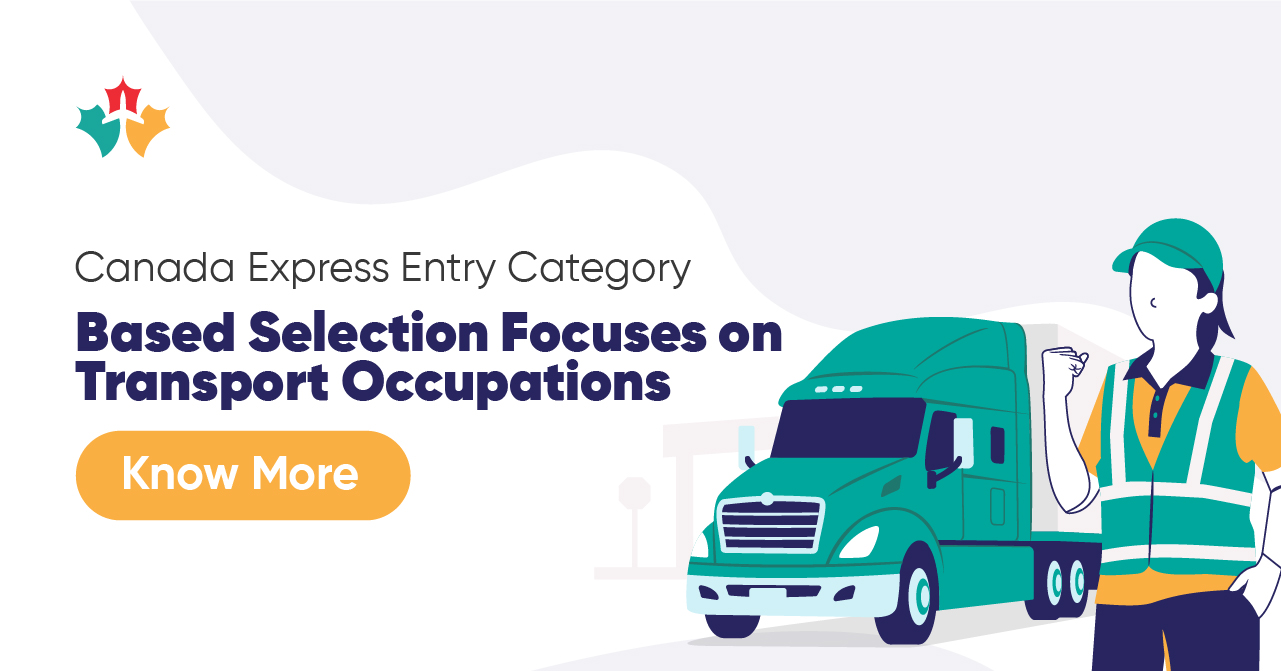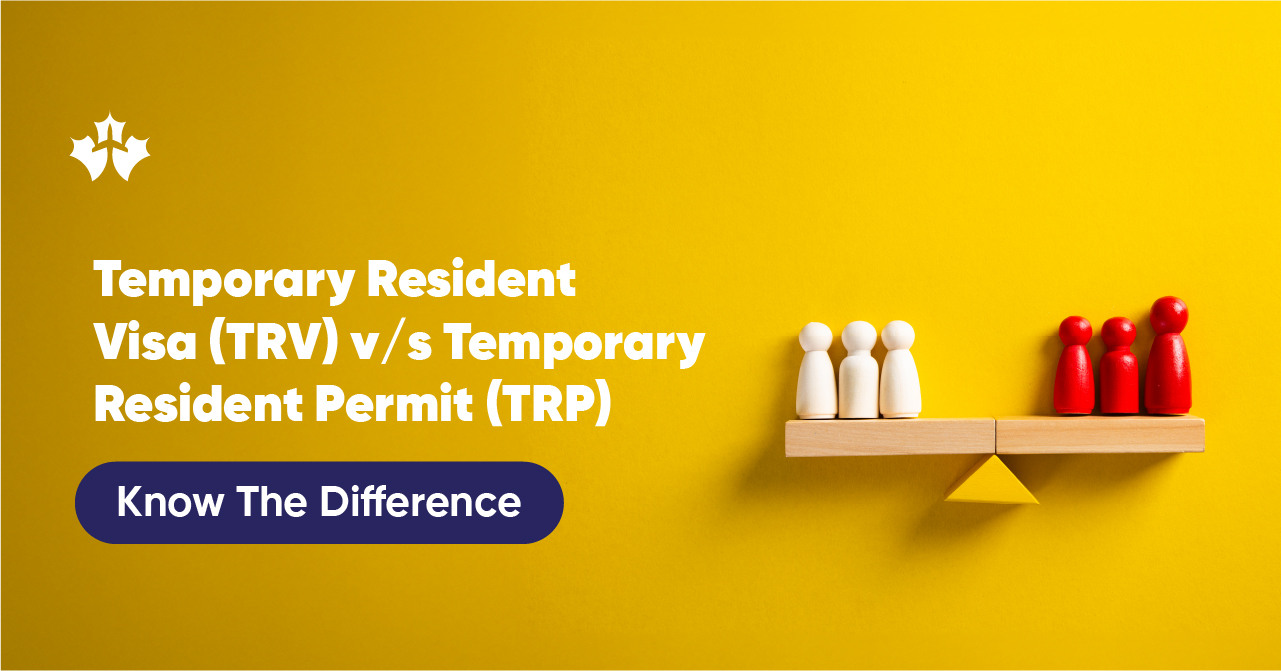In the latest update from the Canada Revenue Agency (CRA), the Climate Action Incentive Payment (CAIP) for Canadian taxpayers was disbursed on October 13, 20 and 23. If you’re a taxpayer in Canada and meet the specific income or eligibility requirements for a given tax credit payment, you qualify for all Canadian tax credit benefits. Moreover, newcomers to Canada, encompassing permanent residents, refugees (protected persons), and temporary residents (such as international students, workers, or temporary residence permit holders), are also entitled to receive the CAIP. However, they are required to apply for this benefit, read more about Climate change incentive in Canada.
What is Climate Action Incentive Payment (CAIP)
The Climate Action Incentive Payment (CAIP) is money given to people and families to help them deal with the extra costs of a government program aimed at reducing pollution. It’s tax-free, which means you don’t have to pay taxes on it. The CAIP is given out every three months.
People who live in Alberta, Saskatchewan, Manitoba, and Ontario have been getting these payments. Starting from July 1, 2023, people in New Brunswick, Newfoundland and Labrador, Nova Scotia, and Prince Edward Island will also get these payments because the pollution program will apply to them from that date.
Who is eligible for Climate Action Incentive Payment (CAIP)?
To be eligible for the Climate Action Incentive Payment (CAIP), you need to meet certain criteria:
- Age and Residency: You must be at least 19 years old at the start of the month when the Canada Revenue Agency (CRA) issues the payment,You must be a resident of Canada for income tax purposes.
- Location: You should reside in one of the provinces covered by the CAIP on the first day of the payment month. These provinces include Ontario, Manitoba, Saskatchewan, and New Brunswick (starting from July 1, 2023).
- Special Considerations for Individuals Under 19: If you are under 19 years old, you can still be eligible if you have or had a common-law partner or spouse.
- Are a parent (or have been one in the past) and have lived with your child at some point.
It’s important to understand that not everyone qualifies for the Climate Action Incentive Payment. This payment is specifically meant for residents of provinces in Canada that have implemented a federal carbon pricing system. The eligibility criteria may vary, so it’s a good idea to consult with the Canada Revenue Agency (CRA) for more detailed information regarding who is eligible for this payment in your specific situation.
What is CAIP Amount As per the Province
The amount you receive from the CAIP is determined by your family’s specific circumstances and the province in which you reside. Unlike some benefits, the CAIP is not subject to a reduction based on your family’s adjusted net income, making it universal.
Here’s a breakdown of the 2023 CAIP payments by province:
What is CAIP for Ontario 2023
$488 annually for an individual
$244 annually for a spouse or common-law partner
$122 per child under 19
$244 for the first child in a single-parent family
What is CAIP for Manitoba 2023
$528 annually for an individual
$264 annually for a spouse or common-law partner
$132 per child under 19
$264 for the first child in a single-parent family
What is Caip for Saskatchewan
$680 annually for an individual
$340 annually for a spouse or common-law partner
$170 per child under 19
$340 for the first child in a single-parent family
What is CAIP for Alberta
$772 annually for an individual
$386 annually for a spouse or common-law partner
$193 per child under 19
$386 for the first child in a single-parent family
Residents of small and rural communities receive an additional 10% to the base amount.
For the following provinces, the CAIP is distributed quarterly:
Newfoundland and Labrador:
$164 per quarter for an individual
$82 per quarter for a spouse or common-law partner
$41 per quarter per child under 19
$82 per quarter for the first child in a single-parent family
Nova Scotia:
$124 per quarter for an individual
$62 per quarter for a spouse or common-law partner
$31 per quarter per child under 19
$62 per quarter for the first child in a single-parent family
Prince Edward Island:
$120 per quarter for an individual
$60 per quarter for a spouse or common-law partner
$30 per quarter per child under 19
$60 per quarter for the first child in a single-parent family
New Brunswick:
$92 per quarter for an individual
$46 per quarter for a spouse or common-law partner
$23 per quarter per child under 19
$46 per quarter for the first child in a single-parent family
Please note that the October 2023 payment for New Brunswick is a double payment, covering both October through December 2023 and July through September 2023.
When will you receive the CAIP payment in 2023?
The upcoming Climate Action Incentive Payment dates are October 13, 2023, and January 15, 2024. Typically, the payment is issued on the last working day just before the 15th of the month, especially when the 15th falls on a Saturday, Sunday, or a federal holiday.
If you have outstanding income tax balances or owe amounts to other federal or provincial government programs, the CRA may apply the CAIP to these obligations.
Receive professional advice on any of your questions regarding Canadian immigration, get in touch with us experienced immigration consultants from SPSCanada. For additional information, contact support@spscanada.com (Canada), support.amd@spscanada.com (Ahmedabad), or by phone at (1) 905-362-9393 (Canada) or +91 9586 226232 (Ahmedabad).


